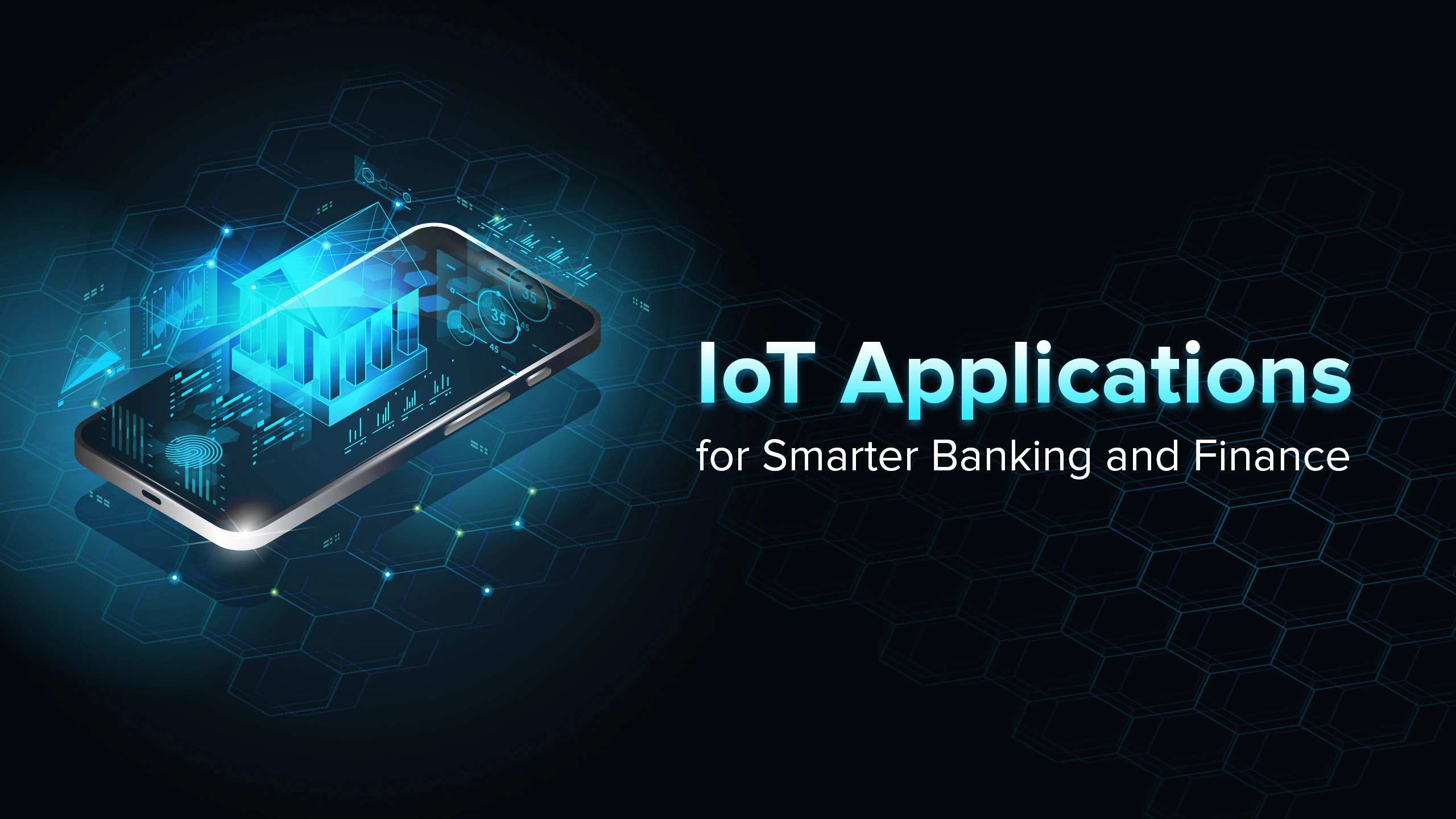In today’s rapidly evolving technological landscape, the Internet of Things (IoT) is emerging as a game-changer across industries. One sector where IoT’s potential is particularly promising is banking and finance. The integration of IoT applications into financial operations is paving the way for smarter, more efficient, and secure processes, redefining the way banks and financial institutions operate.
The IoT Revolution in Banking and Finance
IoT, at its core, involves connecting various devices and systems to the internet, enabling them to collect and exchange data. This data can then be analyzed to derive meaningful insights and optimize processes. In banking and finance, IoT’s applications are wide-ranging and impactful.
Enhanced Customer Experience
The banking industry is built on customer relationships. With IoT, banks can provide personalized experiences like never before. Smart devices in branches can gather real-time data about customer preferences, enabling tailored recommendations and efficient service. Additionally, wearable devices can facilitate seamless transactions, while smart ATMs enhance accessibility and convenience.
Optimized Asset Management
Managing physical assets is a critical aspect of financial operations. IoT-powered sensors can monitor the condition of ATMs, servers, and other equipment, predicting maintenance needs and reducing downtime. This not only improves operational efficiency but also minimizes disruptions in service.
Data-Driven Decision Making
IoT generates a wealth of data that can be harnessed for strategic decision-making. Banks can analyze customer behavior patterns, transaction trends, and even foot traffic within branches. These insights empower institutions to introduce targeted products and services, adapt marketing strategies, and allocate resources more effectively.
Transformed Security Measures
Security is paramount in the financial sector. IoT offers advanced security solutions, such as biometric authentication and real-time surveillance. Smart cameras and sensors can identify suspicious activities and raise alerts, helping prevent fraud and unauthorized access to sensitive areas.
Streamlined Supply Chain and Operations
IoT-enabled devices can optimize the supply chain by tracking shipments, monitoring inventory levels, and ensuring compliance with regulatory requirements. This level of transparency and automation reduces errors, lowers operational costs, and accelerates overall business processes.
Challenges and Considerations
While the benefits of IoT applications in banking and finance are undeniable, there are challenges to address. Data privacy and security concerns must be carefully managed to maintain customer trust. Additionally, the implementation of IoT technologies requires significant investment in terms of infrastructure, training, and ongoing maintenance.
The Road Ahead
As IoT technology continues to advance, its role in banking and finance is poised to expand further. Collaboration between financial institutions and technology providers will drive innovation and the development of tailored solutions. To unlock the full potential of IoT, a comprehensive strategy that addresses security, scalability, and integration is crucial.
In conclusion, the integration of IoT applications is reshaping the banking and finance landscape. From improved customer experiences to optimized operations, IoT is revolutionizing the way financial institutions operate. As the industry embraces IoT’s potential, we can anticipate a future where banking and finance are not only smarter but also more responsive and customer-centric than ever before.




